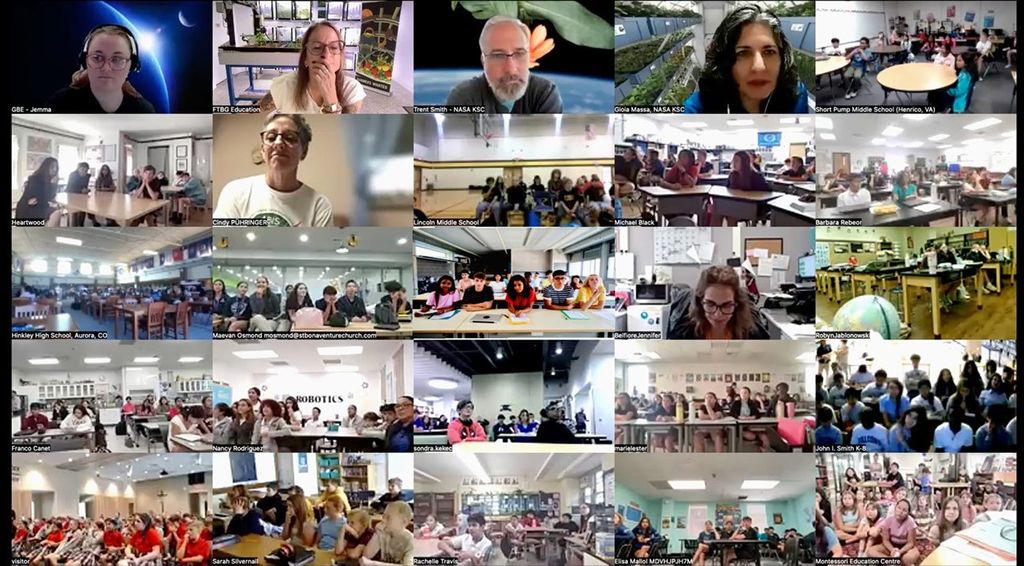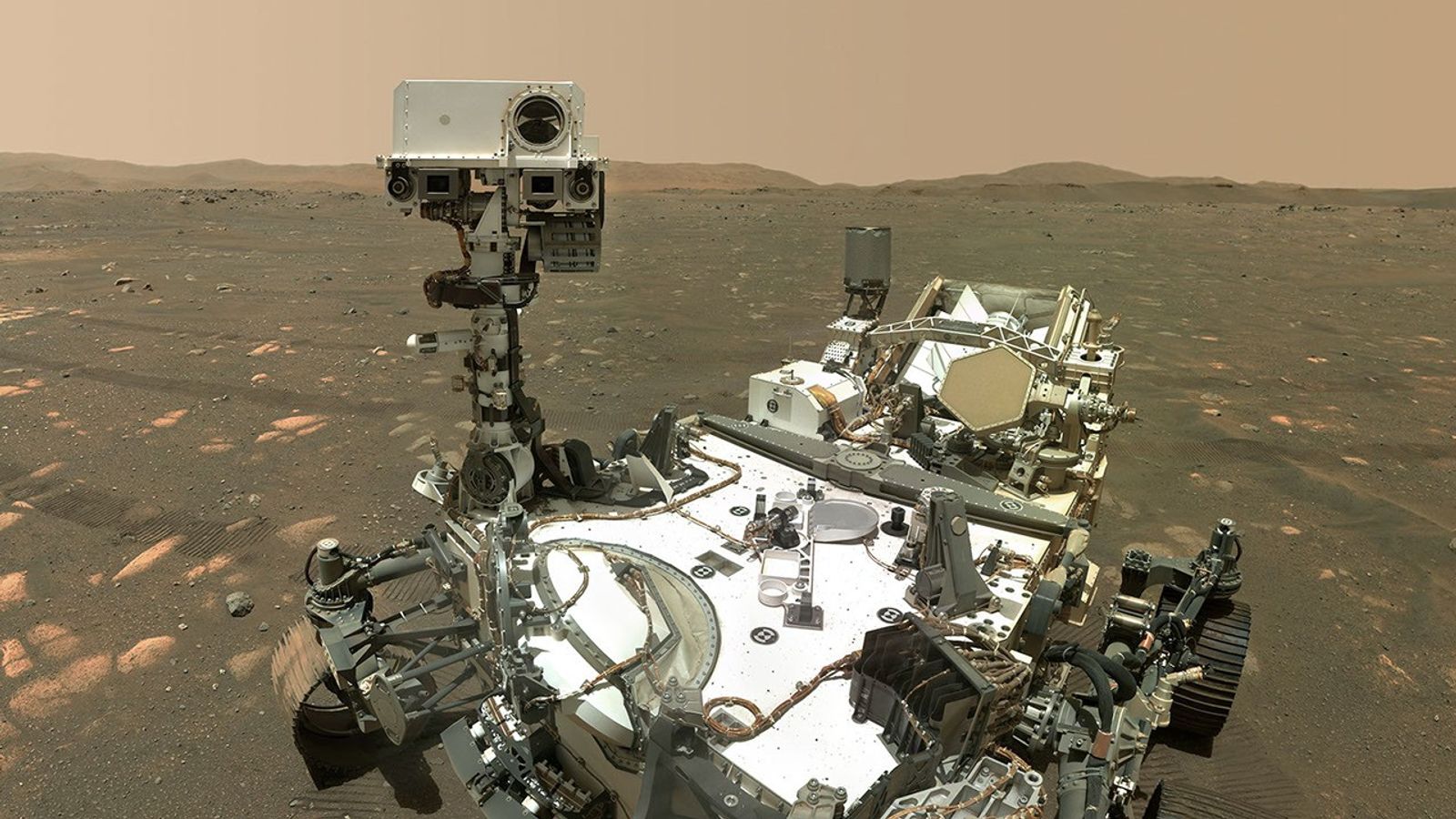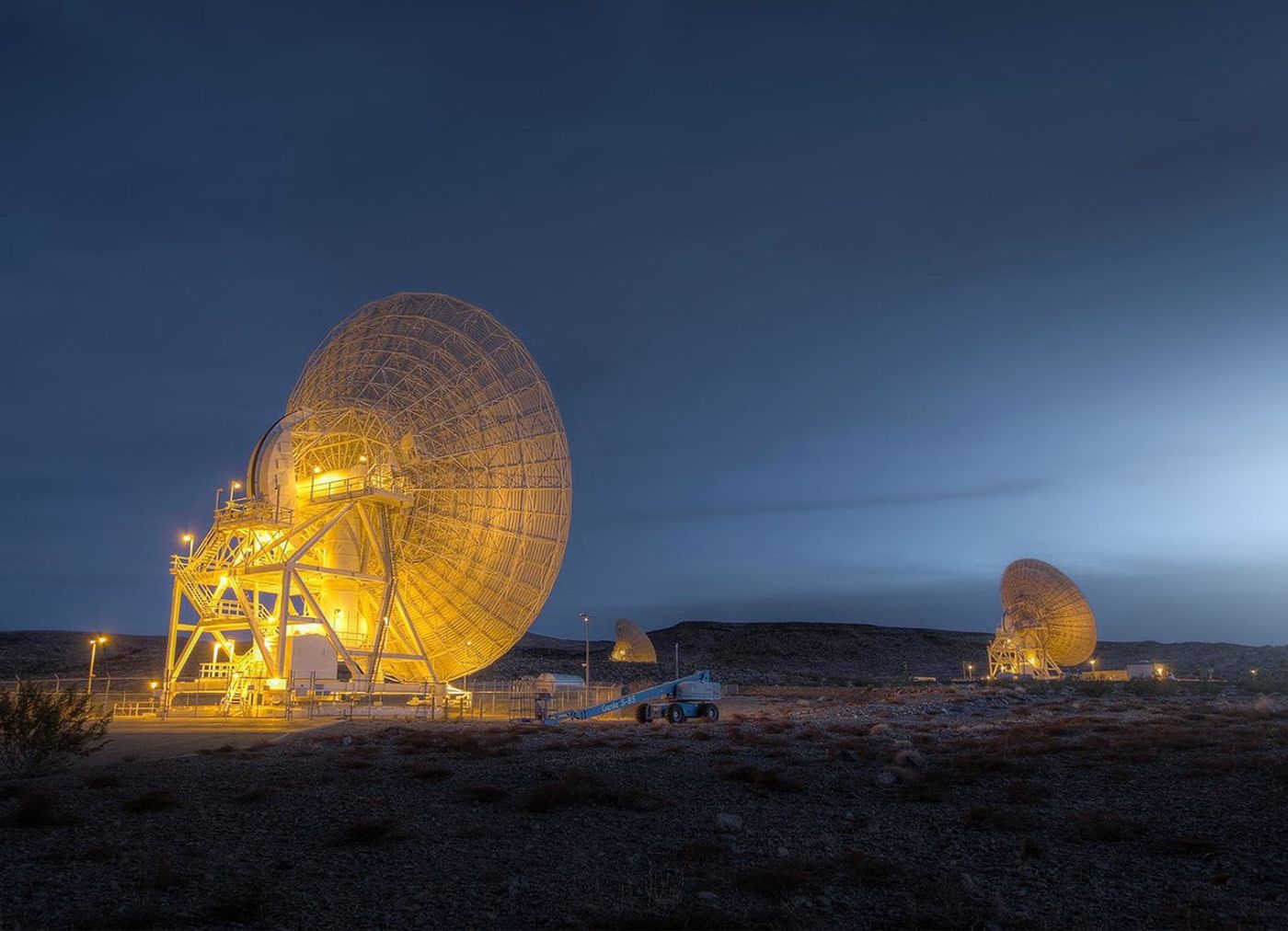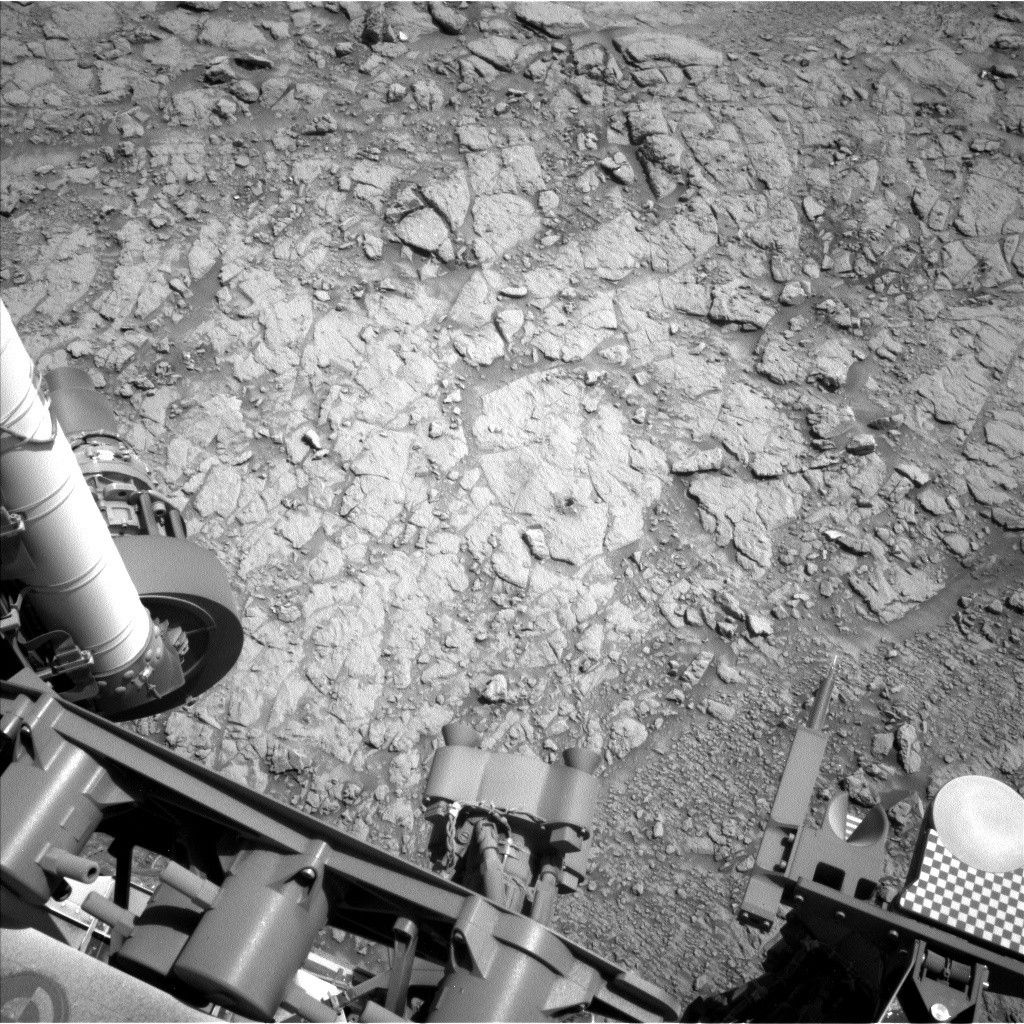If you’ve ever watched a basketball game, you might have seen a lucky fan be brought out to half court and given one chance to sink a basket – if they do, a grand prize awaits them. Most of the time they miss. But every so often, miracles happen.
At JPL, we have to achieve a minor miracle every day. Sending commands to the Perseverance rover is a bit like sinking that half-court shot, but much harder: we need to get a signal all the way from Earth to Mars, which can be as far as 250 million miles away. The Deep Space Network (DSN) is a corner stone NASA infrastructure made up of giant 34m and 70m diameter antennas in California, Australia and Spain that enables radio communication with spacecraft at these incredible distances.
At the end of each and every operations shift, the engineering team reviews the day’s commanding strategy. After making sure that we’ve included all of our expected commands for the rover, we review exactly how we will get these commands to Mars. This is done in the form of a creating and reviewing a “Radsheet,” or Radiation sheet, which contains instructions on exactly how and when to send our commands to the rover. This is how we make the miracle of sinking the half-court shot to Mars happen every day.
Perhaps the most important information in the Radsheet are the exact times that each set of commands should be sent to Mars. These times are a culmination of known events: commanding the rover can only happen using reserved time on a Deep Space Network (DSN) antenna, which must be pointed in the direction of Mars at the exact moment that Perseverance wakes up and points its High Gain Antenna towards Earth to listen for our daily instruction. Synchronizing these events is further complicated by the time it takes for commands to reach Mars. Although radio waves travel at the speed of light, Earth and Mars are so far apart that it takes between 3 and 22 minutes for commands to reach Perseverance depending on where Mars and Earth are in their orbits around the Sun.
What marks the end of operations shift is when the Radsheet is provided to the Mars2020 Ace, the mission controller responsible for sending commands to Mars from the JPL space flight operations facility through the DSN. After a long day of planning, the operations team celebrates this by a tradition of hitting the gong that sits in our operations room!
Written by Pegah Pashai, Vehicle Systems Engineer Lead at NASA's Jet Propulsion Laboratory







































